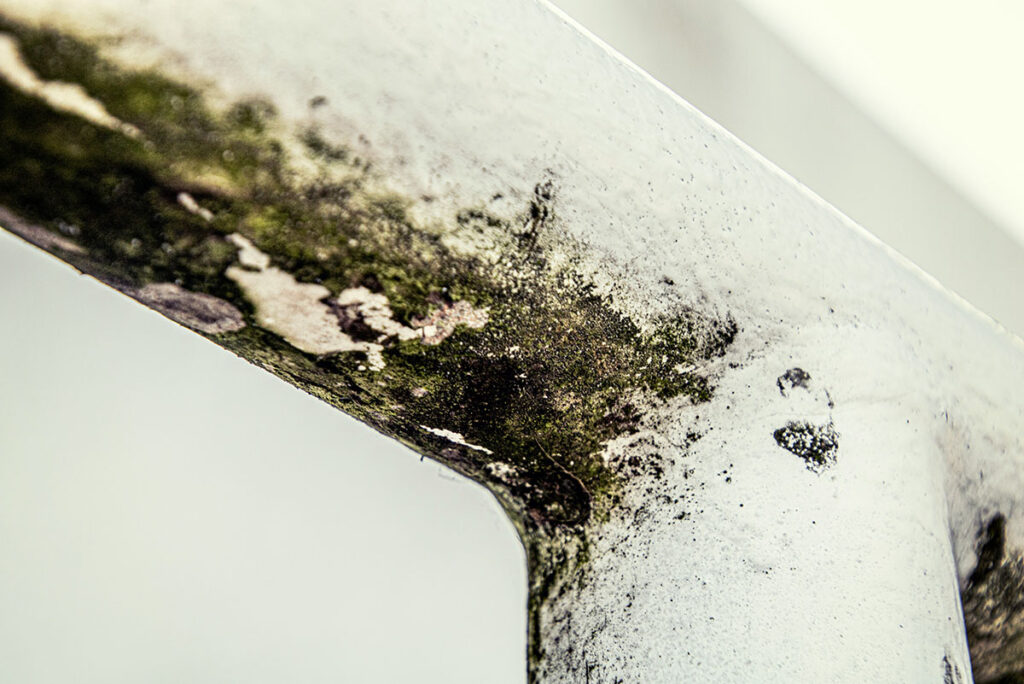EPA TO-11A Aldehyde Testing in Indoor Air
The EPA TO-11A method is a rigorous and widely recognized protocol for the analysis of aldehydes present in indoor air. This testing service ensures compliance with environmental regulations, particularly relevant to industries such as residential construction, commercial buildings, and facilities where indoor air quality (IAQ) is critical.
Aldehydes are volatile organic compounds that can be harmful to human health if present at elevated levels in the indoor environment. Common aldehydes include formaldehyde, acetaldehyde, and butyraldehyde. The EPA TO-11A method provides a reliable means of detecting these substances, which can originate from various sources including building materials, adhesives, paints, and even some consumer products.
The testing process involves the collection of indoor air samples using specialized sampling techniques designed to capture volatile organic compounds effectively. These samples are then analyzed in our state-of-the-art laboratory using gas chromatography-mass spectrometry (GC-MS), which is capable of providing accurate quantification and qualitative identification of aldehydes.
The method outlined in TO-11A specifies the use of two different sorbent tubes for sampling, depending on the target analytes. This approach ensures comprehensive coverage of key aldehyde species that may be present in indoor air. The analysis is conducted according to strict ISO and EPA standards, ensuring consistent and reliable results.
Understanding the levels of aldehydes in your indoor environment can have significant implications for both health and safety. By identifying potential sources of contamination early on, property managers and facility owners can implement targeted remediation strategies to improve overall air quality. This not only enhances occupant comfort but also helps prevent long-term health issues associated with prolonged exposure to these compounds.
Our service offers more than just compliance; it provides actionable insights that can guide decision-making processes related to IAQ improvements. With accurate data on aldehyde concentrations, stakeholders can prioritize maintenance efforts and select appropriate materials for future projects, ensuring a safer indoor environment for all occupants.
| Target Analytes | Sorbent Tubes Used |
|---|---|
| Formaldehyde | Tenax TA/Carboxen 1000 composite tube |
| Acetaldehyde and Butyraldehyde | 2,4-Dinitrophenylhydrazine (DNPH) cartridge |
The use of TO-11A ensures that all stakeholders involved in indoor air quality management have access to the most accurate and up-to-date information available. This method allows for precise quantification and identification, which is crucial for maintaining regulatory compliance as well as promoting a healthier living or working environment.
Why Choose This Test
- Comprehensive Coverage: TO-11A covers multiple aldehyde compounds, providing a holistic view of the indoor air quality.
- Regulatory Compliance: Ensures adherence to EPA and other relevant standards for IAQ testing.
- Precision Analysis: Utilizes advanced GC-MS technology for accurate quantification and identification of aldehydes.
- Scientific Expertise: Backed by a team of experienced scientists specializing in environmental chemistry and indoor air quality.
- Client Satisfaction: Proven track record of delivering reliable results that meet or exceed client expectations.
Customer Impact and Satisfaction
The TO-11A aldehyde testing service has a profound impact on our clients, particularly those responsible for maintaining high standards of indoor air quality. By leveraging this method, property managers can ensure that their facilities meet regulatory requirements while simultaneously enhancing the well-being of occupants.
Our clients value the transparency and reliability provided by our laboratory services. The detailed reports generated from TO-11A testing offer clear insights into current conditions within a given space, allowing for informed decision-making regarding necessary improvements or adjustments. This approach fosters trust between service providers and end-users, ultimately leading to greater customer satisfaction.
Moreover, the actionable nature of these findings supports continuous improvement initiatives aimed at achieving superior indoor air quality over time. By addressing identified issues promptly, clients can create healthier environments that contribute positively towards employee productivity, tenant satisfaction, and overall business success.
Use Cases and Application Examples
| Use Case | Description |
|---|---|
| New Construction Projects | Detect potential off-gassing sources during the design phase to inform material selection. |
| Existing Buildings | Identify indoor air quality issues post-renovation or major modifications. |
| Healthcare Facilities | Ensure compliance with stringent IAQ standards for patient safety. |
| Schools and Universities | Promote a healthy learning environment through proactive monitoring of aldehyde levels. |
The TO-11A testing method is applicable across various sectors where indoor air quality plays a crucial role. From new construction projects to existing buildings, this service helps stakeholders identify potential risks and take necessary actions to mitigate them effectively.
In healthcare facilities, maintaining optimal IAQ standards is paramount for patient safety and comfort. By implementing regular TO-11A testing protocols, these institutions can ensure they are adhering to strict regulatory guidelines while also fostering a healthier environment.





